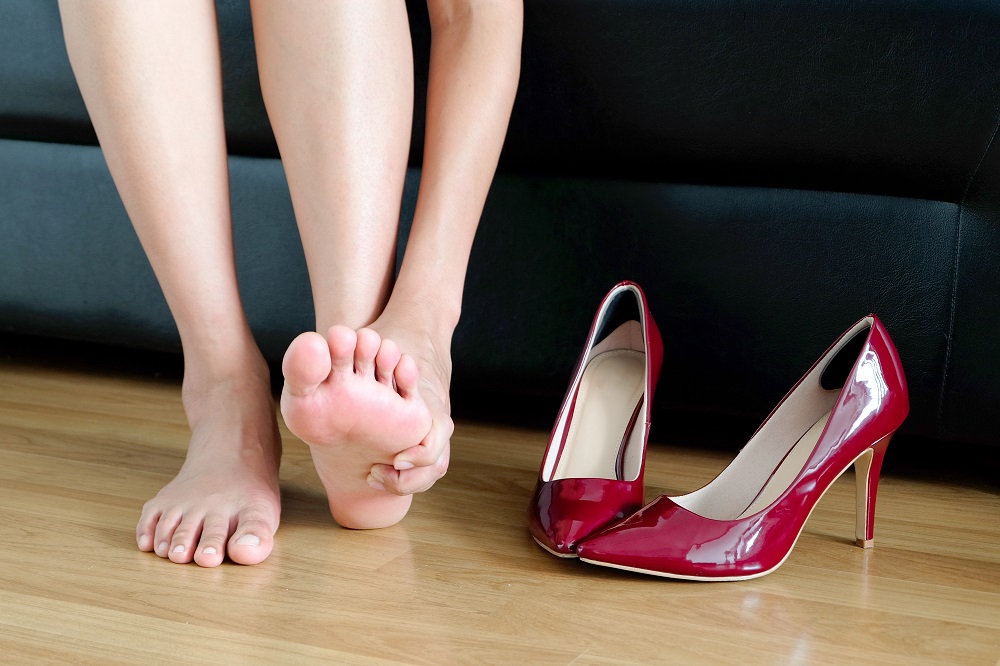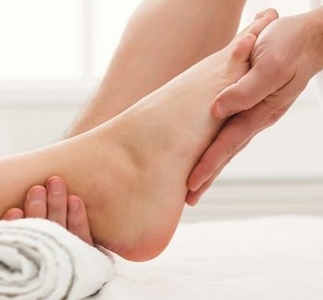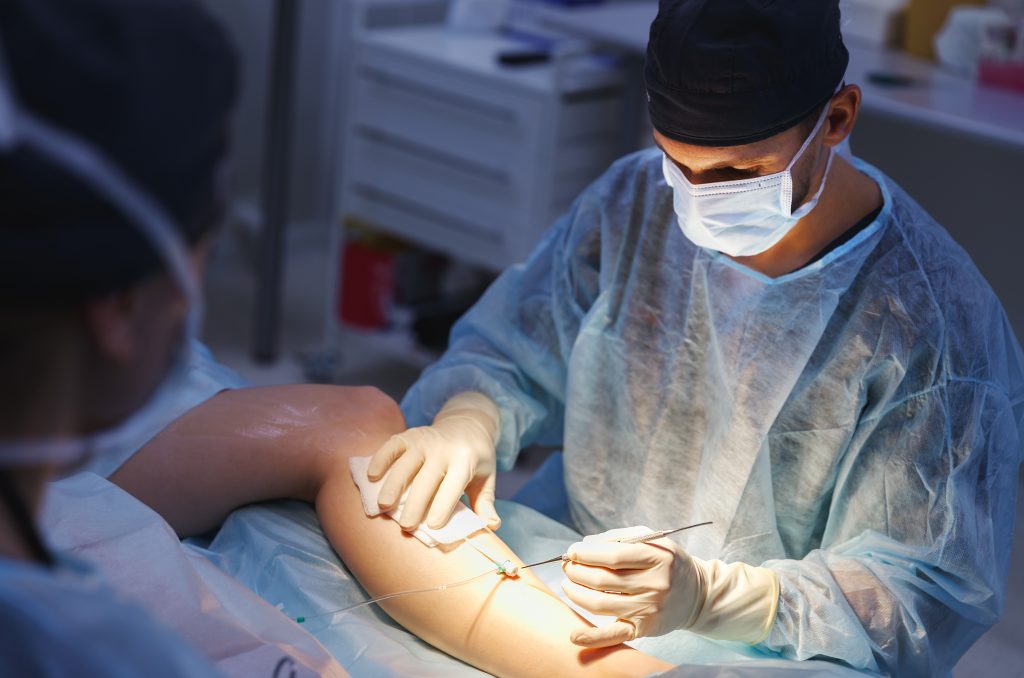So, you developed a lump on your feet near the big toe. Waking up to terrible foot pain lately? Are you assuming it to be a bunion? Making an appointment with a renowned podiatrist can be the ideal way to identify the actual cause of your foot pain and get the right treatment. Wondering why? Well, there are numerous foot problems which look like bunions but are not.
Bunions are lumps of bony tissues which form on the outside of the joint between the big toe and the rest of your foot. Caused by the metatarsal bone in your feet and the misalignment of your toe, bumps cause excess friction on the side of your foot, leading to corns and calluses. However, you need to know that not every foot condition which causes lumps on your feet is a bunion.
Read on to check out the foot problems which look like a bunion but aren’t.
From The Best Podiatrist: Foot Problems Which Resemble Bunions But Aren’t
Big Toe Joint Arthritis
One of the most common bunion look-alike foot conditions is arthritis of the big toe joint. Big toe joint arthritis causes swelling which resembles bunion on the side of your foot. It even causes foot pain when putting pressure on your foot or walking.
One of the hallmarks of this foot condition is Hallux rigidus which causes bone spurs to develop in the joint. This deformity leads to inflammation and irritation of the skin, making the bump resemble more like a bunion. While the bony prominence is on the side in bunions, bone spurs with arthritis tend to occur above the big toe joint.
Gout
Gout is a particular kind of arthritis, which develops when high levels of uric acid develop internal crystals in the joints. This is a common problem which affects the toes and feet, causing the area to become red and swollen, which leads to it being mistaken for bunions. The sharp internal crystal of gout causes intense pain and decreases mobility. Chiropodists can treat gout with medication to lessen the pain and inflammation.
Ganglion Cyst
Ganglion cysts are non-cancerous tumors which form around the big toe joint. These cysts are firm fluid-filled sacs which occur all over the body and are often confused with bunions. Ganglion cysts are correlated to joint trauma and often cause pain when the affected joint is moved. Ganglions can be differentiated from bunions by feel since ganglions are softer to touch in comparison to bunions.
Never try to remove or pop a cyst on your own. Experts recommend making an appointment with a podiatrist for a diagnosis.
Bursitis
Bursitis is a common cause of swelling and redness which occurs over joints, usually from direct external pressure. The big toe joint is prone to bursitis since it tolerates the entire weight of the body when you walk and can cause irritation from shoes. The bursa is a trapped inflammatory fluid between your underlying bone and skin. The condition is very painful and can often lead to the formation of calcium deposits in the joint, amplifying in the pain.
Bony Prominence
One of the greatest misconceptions with foot problems is that bunions are consequences of bone, which can be easily shaved off. Though bunions are different from bone growths, the underlying bone may often be prominent and enlarged, giving the resemblance of a bunion. While it’s common for bony enlargements to occur with bunions, they even occur when the bunion is absent.
Misalignment In The Ankle Or Foot
Misalignment anywhere in the body can lead to intense pain. For instance, if your ankle is misaligned, the small muscles and tendons in your foot will be affected. Not only will this pull the other bones out of proper alignment, but also lead to irritation and pain in your toes, up through your legs, knees and hips. Misalignment can even cause inflammation in the arch of your foot. Consulting an experienced podiatrist can be the best way to keep your foot properly aligned.
Now that you are aware of the common foot problems, what are you still here for? Quickly schedule an appointment with a chiropodist and seek his advice on good foot care. Time to ensure healthy feet and ankle!









